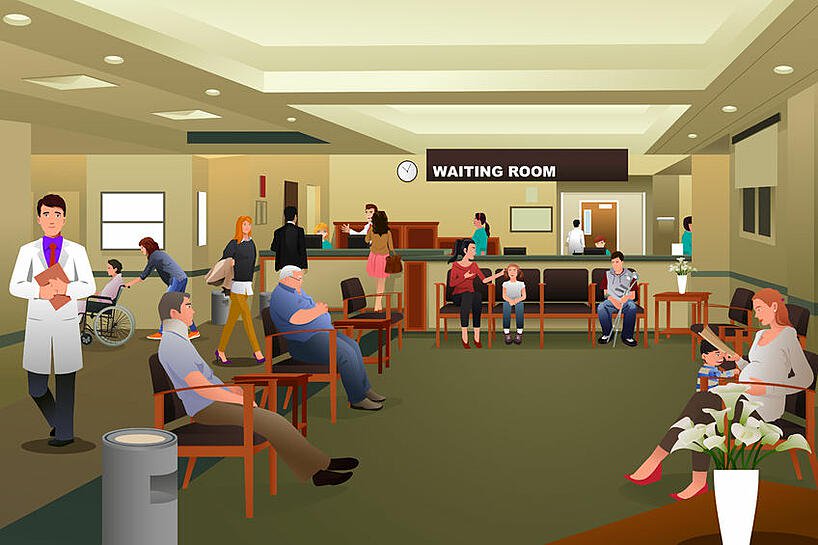Oct 12 2017 It’s About More Than Making Your Patients Happy

Post-discharge follow up is an important part of healthcare. Although this follow-up is expensive, healthcare providers can face even larger costs if they don’t follow up correctly with their patients. For example, if you fail to follow up with your patients and they end up being readmitted to hospital, your organization could face penalties or reduced payments from the patient’s insurance company.
For this reason, a big challenge in healthcare is to improve follow up care in order to reduce healthcare visits and readmittances.
What’s Involved in Follow-Up?
Most patients have a lot of contact with nurses during their follow up care. This communication often involves both home visits and phone calls. While this human interaction in follow up care is important, it can also be very expensive and time-consuming.
With healthcare budgets under pressure, your organization needs to make follow up care as efficient as possible, while still keeping the human touch that is so important to patients.
How to Use Automation to Improve Follow-Up Care
Although many aspects of follow up care involve intimate interactions between nurses and patients that technology could never replace, other aspects are routine and mundane. For example, when a patient is discharged from a hospital or surgical center, they often receive a call that asks them some basic questions, such as:
- Did you receive post-discharge care instructions when you left hospital?
- Do you understand your instructions?
- Did you receive all the prescriptions you needed?
- Do you have a follow up appointment already scheduled?
- Other simple questions, based on the procedure the patient has undergone.
It’s not always necessary for a nurse to ask these questions. In fact, it is often more efficient to have an automated system handle them and only refer the patient to a nurse if they respond “no” to one of them. With these questions, a negative answer would be a red flag that a patient is on course for readmittance, but patients who say “yes” to all these questions generally don’t need any personal attention from a nurse at this stage in their follow-up.
In this case, the automated system can reassure the patient that everything is going well and let them know when they can expect to receive their next follow-up call.
Benefits of Using Automation in Follow-Up Care
Including automation in your contact center follow-up process can not only cut costs for your organization, but also improve care for your patients and prevent burnout among your nursing team. By only referring patients to nurses if they need to have contact with a human, you can free up your nurses to spend more time with the patients who need their help most urgently.
This ensures all patients receive the care they need to avoid complications and readmittance to hospital, as well as making your nurses feel they have plenty of time to spend with the patients who most need their help.
Final Thought
While it is essential to retain a human element in post-discharge healthcare, routine aspects of the follow-up process can and should be automated. Intelligent use of automation can give nurses more time to spend on the important parts of post-discharge care, which leads to an overall improvement in patient outcomes and a reduction in readmittance costs.
